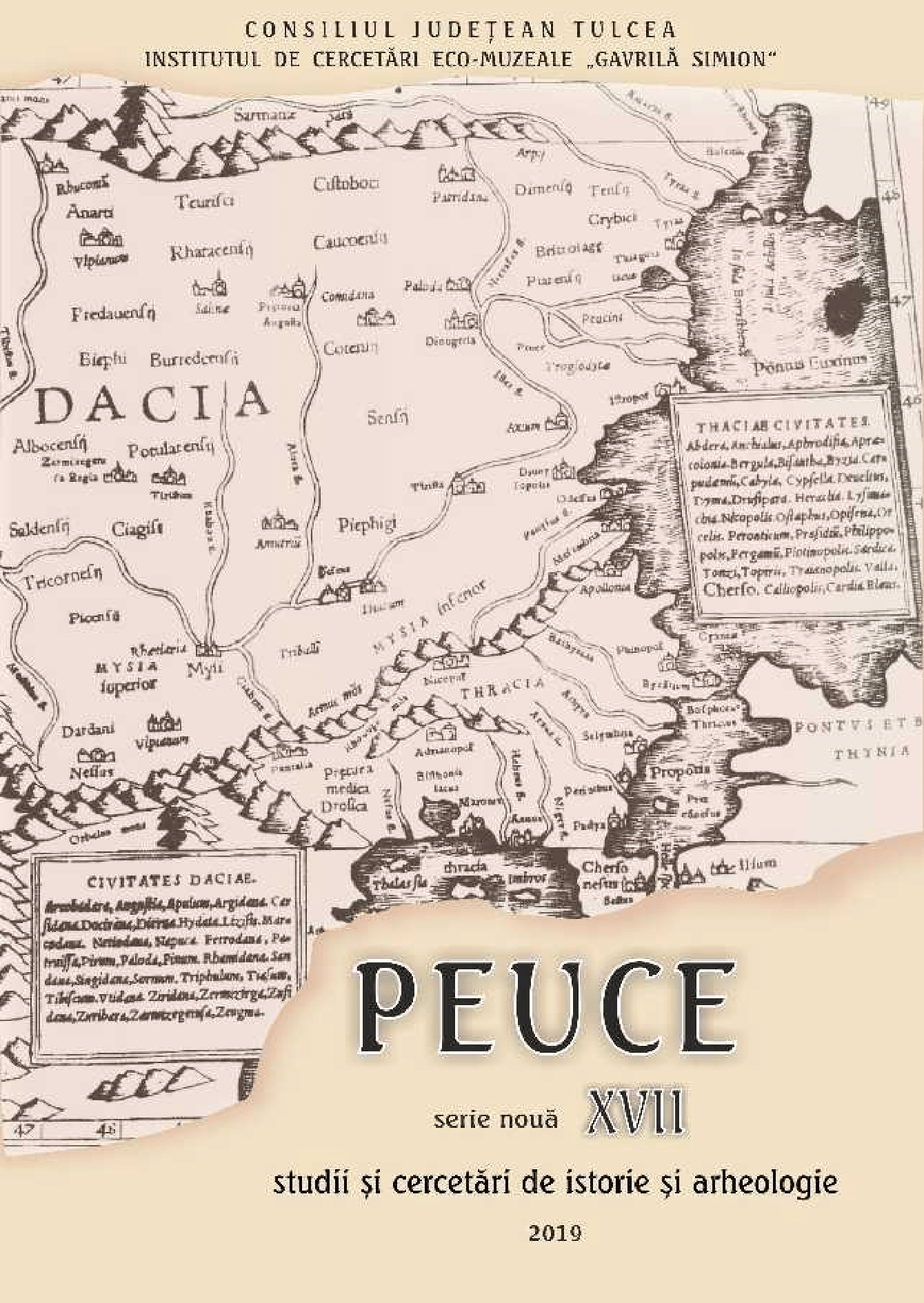Core issues of Late La Tène Periodization in Romania
Core issues of Late La Tène Periodization in Romania
Author(s): Daniel SpânuSubject(s): History, Archaeology, Ancient World
Published by: Institutul de Cercetari Eco-Muzeale Tulcea - Institutul de Istorie si Arheologie
Keywords: archaeology;Romania;Iron Age;periodization;
Summary/Abstract: The periodization of Late La Tène period in Romania is determined by three main flows of imports: (1) the import of Rhodian and Cnidian amphorae during the 2nd century BC, (2) the import of drachms and denarii during the first half of the 1st century BC and (3) the import of Roman fibulae at the turn of the Millennium. The import of Rhodian and Cnidian amphorae can be correlated to the beginnings (in the LT C2 phase) of both Poieneşti - Lucaşeuca culture and Cetăţeni - Vadul Vacilor group. They did not penetrate the Carpathian arch. The decline of their import was followed by the massive influx of drachms and denarii that had reached this time also Transylvania. This new import of silver coins has induced a major reconfiguration of local cultural structures. It is probable that the Padea - Panagjurski Kolonii elites were involved in the processes of receiving and redistributing the imported silver coins beyond the mountains. The jewellery hoards already reflect a stage when the Roman stipendia were absorbed in the local culture. Their emergence allows the distinction between LT D1 phase (without hoards) and LT D2 phase (with hoards). Further more, their analysis allows a distinction between LT D2a and LT D2b phases. This transition corresponds to the abandonment of the middle LT scheme of fibulae. The end of Poieneşti - Lucaşeuca and Padea - Panagjurski Kolonii funerary traditions could also be synchronized with the transition from the LT D2a phase to the LT D2b phase. The imposition of the late LT scheme of fibulae (LT D2b) could be synchronized with the import of the earliest Roman fibulae, with the intensifying of dwelling in local settlements and with the erection of the hill-forts and sanctuaries. To the end of LT D2b phase, the depositions of jewellery hoards have stopped and some settlements have been abandoned. Thus, the most iconic monuments of the Grădiştea de Munte - Poiana group (small oppida, hill-forts, jewellery hoards) occurred at once only in the second half of the late La Tène period (LT D2). The post-LT phase of the Grădiştea de Munte - Poiana culture (1st century AD) is characterized by the progressive adoption of Roman goods and cultural models, concentrated in certain settlements and hill-forts. This time, the depositional and funeral rituals have been drastically blurred.
Journal: Peuce (Serie Nouă) - Studii şi cercetari de istorie şi arheologie
- Issue Year: 17/2019
- Issue No: 17
- Page Range: 167-206
- Page Count: 40
- Language: English

